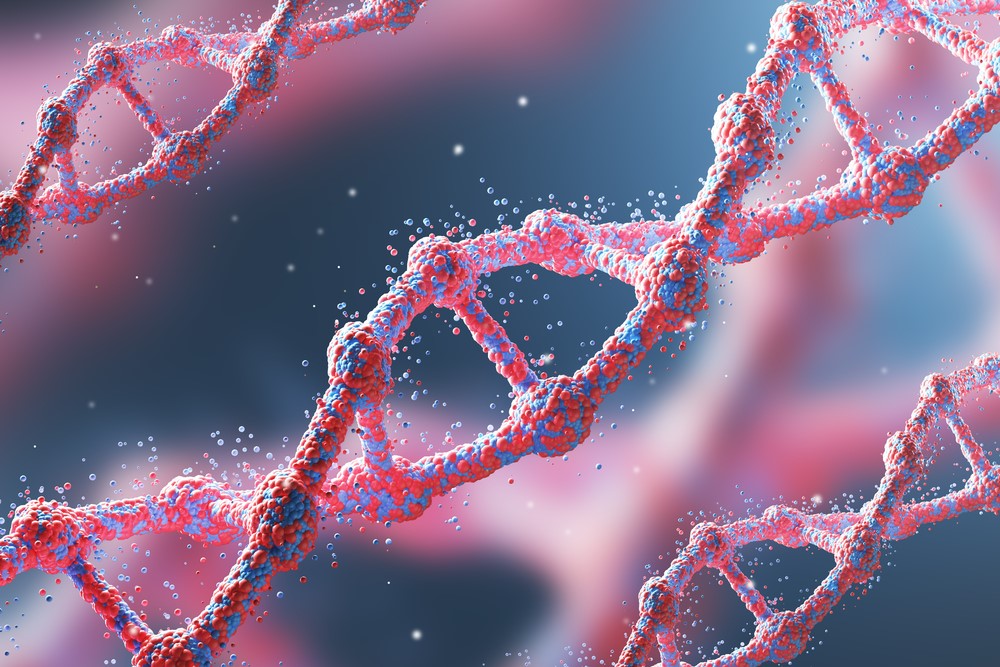
A Beginner Friendly Guide to the Anatomy of Your Skin
Share
Have you ever gone for an aesthetic assessment or facial but could not comprehend the complex terms your aesthetician used?
You’re not alone.
The science behind the skin can be complex and confusing. Luckily for you, you don’t need a PhD in biology to decode skin biology or human anatomy.
This guide will outline the anatomy of your skin and highlight the key functions of each layer. But don’t worry, we’ll comprehensively decrypt those complex terms for you. We’ll also describe what happens to your skin as you age.

The Outer Layer: The Epidermis
The word “Epidermis” originates from the Ancient Greek Word epi which means ‘over’ and ‘upon’. It is the outermost layer of the skin. The epidermis functions like a protective layer against bacteria and viruses. The paper-thin layer comprises 5 thinner sub-layers. Unlike other parts of the skin, the epidermis has no blood supply – instead, it relies on oxygen in the air to remain hydrated and healthy.
The Epidermis is significantly reactive towards UV Light because of Melanocytes, which is a forming-cell in the outermost sub-layer which contains melanin, which is a type of pigment that absorbs UV Light. When exposed to excess light, the melanocytes swell to protect your skin from the harmful UV rays. However, this could lead to freckles and discolouration of the skin.
As you age, however, your epidermis would get thinner and the number of melanocytes would also plummet – this leads to drier, duller and paler skin.
The Middle Layer: The Dermis
The middle layer consists of connective skin tissues that contain collagen, elastin and reticular fibres which improve the strength, elasticity and extensibility. The dermis aids the epidermis by supplying nutrients.
The Dermis contains your body’s sweat glands, hair follicles and blood vessels. It functions as the main pillar of your skin and aesthetic health – it supplies the necessary substances to preserve your skin’s youth and suppleness. Furthermore, the connective skin tissues protect and cushion the body from injuries and stress and also promote healing.
Unfortunately, as you grow with age, the blood vessels in the dermis get weaker and the healing properties of the dermis diminish. This causes facial tension, bruising and saggy skin as well as the development of wrinkles and fine lines.
The Inner Layer: The Hypodermis
Basically, the Hypodermis, or Subcutaneous Layer, stores fat.
This layer contains fat tissues, large blood vessels, collagen and elastin fibres, and nerves. It stores fat and energy and connects the skin to the fibrous tissues of your bones and muscles.
The Hypodermis is responsible for regulating your body’s temperature and functions as a protective layer to cushion your body from stress, strains and falls.
If you’ve been noticing that your wounds take longer to heal, and you bruise more easily when you’re older, it’s because the hypodermis gets weaker and thinner as you age. Furthermore, old age would also affect the insulating properties of the hypodermis and reduce its ability to regulate your body temperature.

